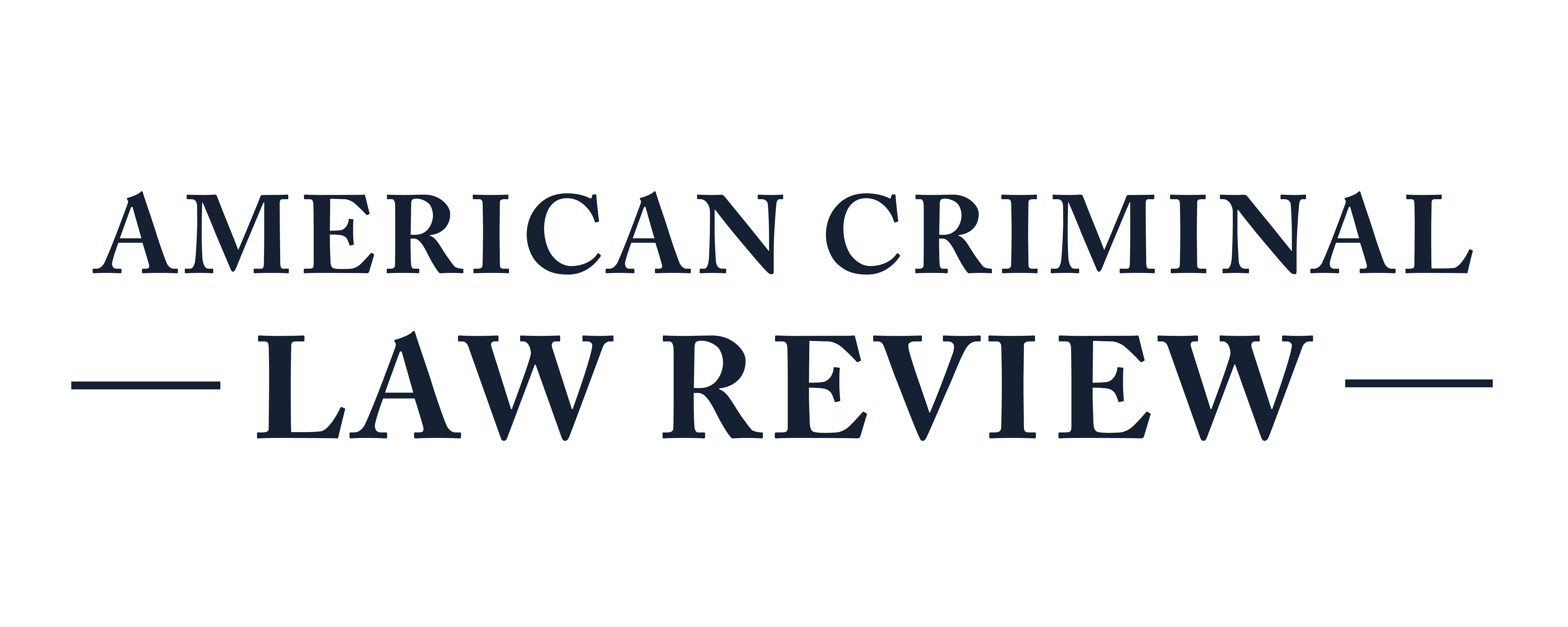Caught Holding the Bag: Constitutional Limits on Live Video Surveillance
With the advent of new technology, a novel Fourth Amendment issue will likely arise: can law enforcement legally inspect your bag (or other personal belongings) with live surveillance technology, in a public area, particularly when no one else is nearby? New technologies have led to the emergence of complex surveillance programs throughout the country. For example, in 2005, the Baltimore Police Department implemented a program called CitiWatch which is “a network of approximately 700 CCTV cameras located throughout the city” that are monitored by civilian employees, most of whom are “retired or former law enforcement officers.” In 2014, CitiWatch expanded by allowing private businesses to volunteer their surveillance systems to the program. Further, Baltimore also teamed up with Persistent Surveillance Systems (PSS), a private surveillance company, to run a pilot program that used aircraft flying over Baltimore to gather aerial surveillance information in 2016. The information gained from the aerial surveillance, in combination with the CitiWatch program, is intended to assist law enforcement in “identifying and locating suspects and witnesses, and in eliminating unrelated movement tracks.”
Baltimore is not alone in its endeavor to use live surveillance technology to more quickly and efficiently solve crime. Both Dayton and Compton have begun to implement PSS in its jurisdictions; and Las Vegas, instead of using contractors, has built its own surveillance network. The Southern Nevada Counter Terrorism Center (SNCTC) operates a 24/7 monitoring system that surveils the Las Vegas Strip and “is responsible for providing Southern Nevada law enforcement and homeland security entities with intelligence regarding critical incidents and significant public safety events in real time.” Additionally, in Los Angeles, a civilian oversight board recently approved the use of drones or unmanned aerial vehicles (UAVs) by the Los Angeles Police Department.
This article addresses the novel situation that has arisen with the advent of new technology: whether law enforcement may legally inspect your bag (or other personal belongings) with live surveillance technology in a public area, particularly when no one else is nearby. The United States Supreme Court (Supreme Court) has clearly held that police may not physically open and examine the contents of a container absent a particularized warrant. But what are the privacy expectations for the visual examination of the effects we carry, such as purses, backpacks, briefcases, duffel bags, etcetera? How might these expectations be changing with the advent of new technology and methods of surveillance?
For example, imagine that a person sitting on a park bench peeks inside of his backpack, which contains illegal narcotics. The contents of the backpack are not visible to anyone around him as he is the only one in the park. Suppose, however, that the police see the “contraband” inside of the man’s bag via live surveillance technology, such as a surveillance camera on a street corner, a camera on the top of a building with high magnification, or an aerial drone flying overhead. Could the police act on this information? Or, would the footage be constitutionally barred by the exclusionary rule, thereby causing any investigative actions thereafter to be fruits of the poisonous tree? Put another way: does the government always have the right to look over your shoulder (in a public area) to ferret out evidence of criminal activity?
Looking to the Supreme Court’s current jurisprudence, the answer is probably yes, depending on the technology used. The police will likely be able to act on this information and prosecutors will likely be able to admit the footage as evidence in a court proceeding. Since its holding in Katz, the Court has yet to set any clear limit on public visual surveillance. For now, it appears that virtually any conduct in a public area may be constitutionally within the police’s gaze.
Subscribe to ACLR
